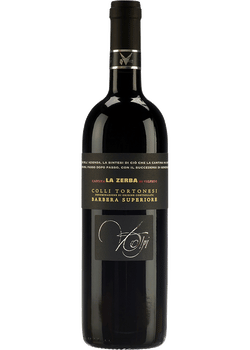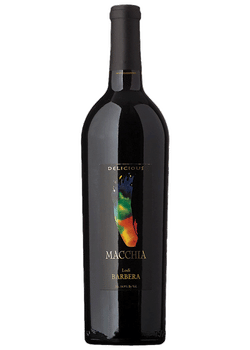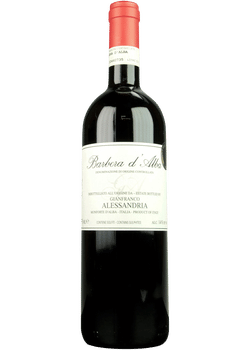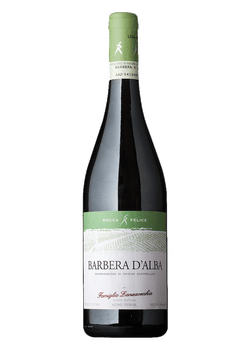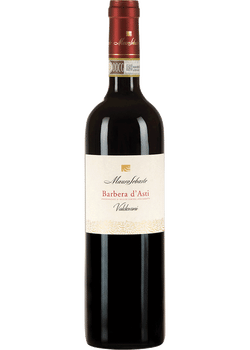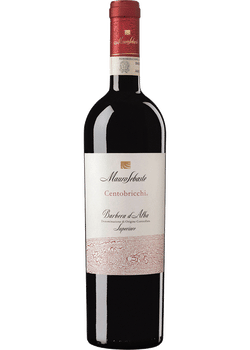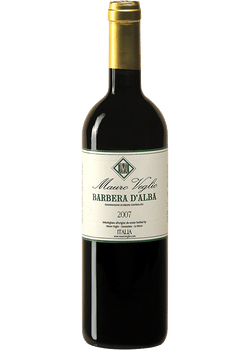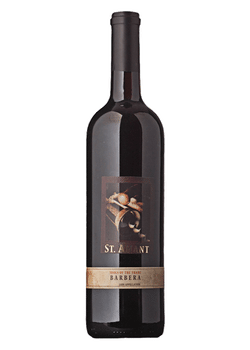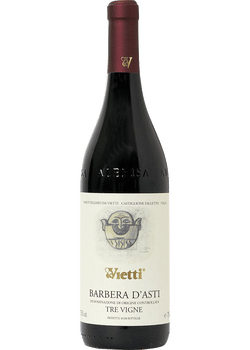Barbera (pronounced, bar-BEHR-ah) is grown throughout Italy, but the Piedmont region, at the foot of the Alps, produces the most celebrated Barbera wines, including Barbera d’Alba and Barbera d’Asti. An everyday, approachable, and affordable wine, Barbera wines are vibrant and sometimes a little rustic with red fruit flavors, lighter tannins, high acidity, and a medium body.
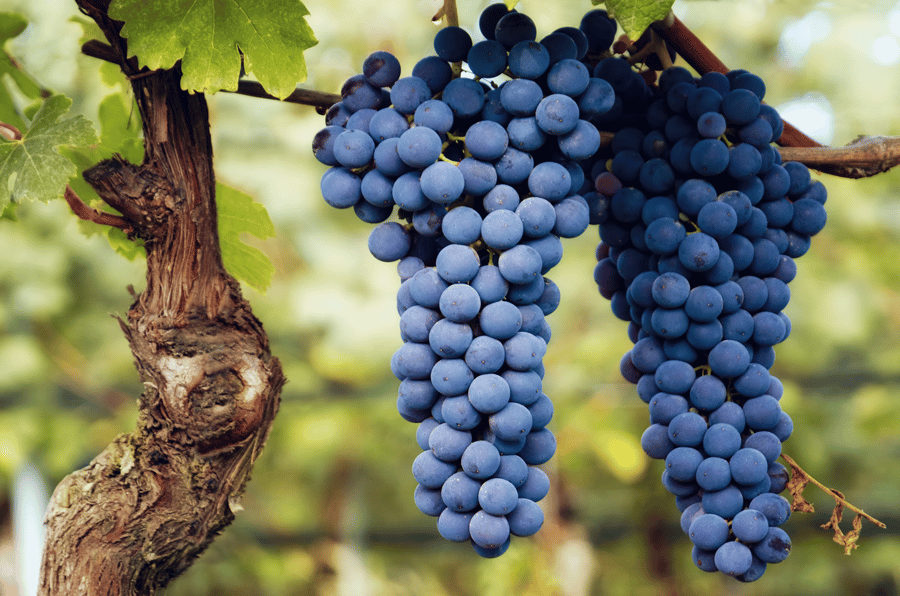
3 facts you should know
-
Barbera is a very old grape variety, almost 1000 years older than Cabernet Sauvignon.
-
It is known as “the people’s wine” — an affordable everyday drinking wine in contrast to its regional counterpart, Nebbiolo.
-
Wines made from Barbera are very dark in color, but don’t let that deceive you — they are fairly light in body and have predominant red fruit flavors.
Color

Taste profile
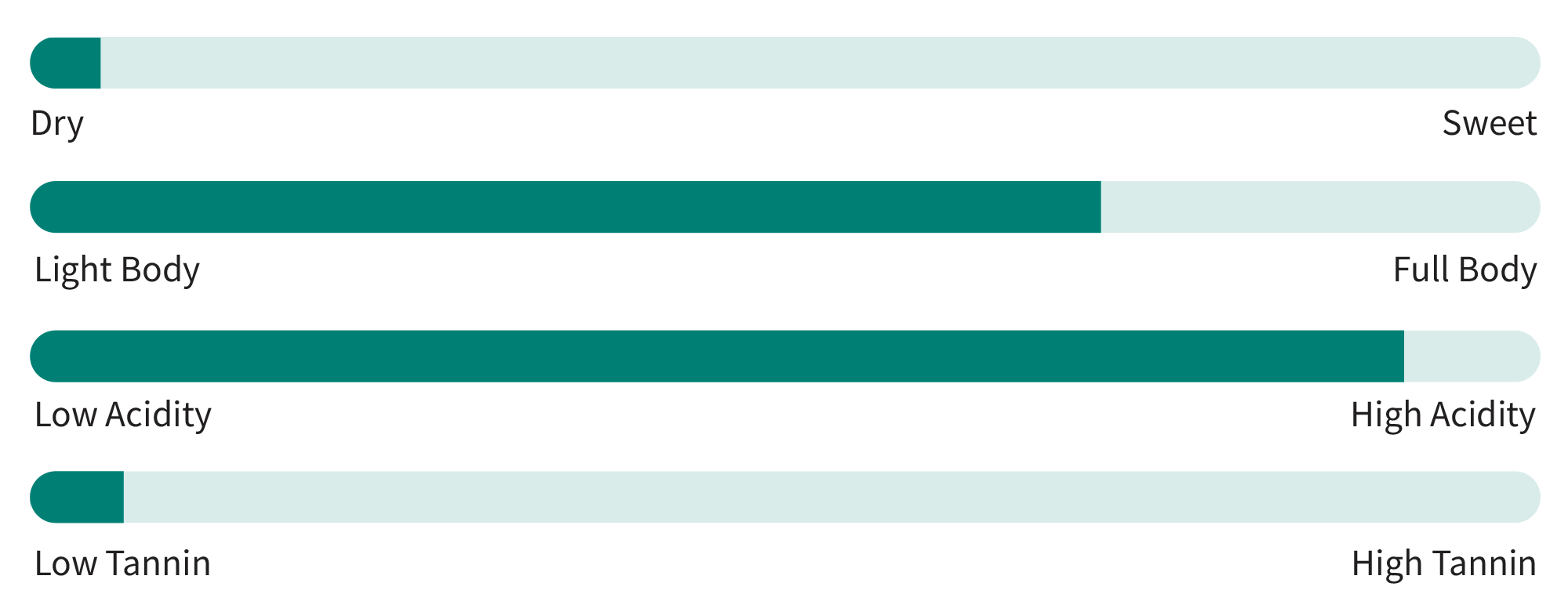
Opposite of the highly sought-after and expensive Nebbiolo-based wines of Piedmont, Barbera wines are for everyday drinking. Barbera has extremely high, vibrant acidity that makes it perfect for pairing with dinner any night of the week. Barbera wine does not need nearly the aging of Nebbiolo as the tannins are much lower and already have a soft mouthfeel. When it comes to color, Barbera is deep ruby, which may make you think you are going to sip a very full-bodied wine, but they are actually a bit lighter.
Primary flavors
![]()
Young, fresh wines that do not see any oak aging have vibrant red fruit flavors like cherry, plum, and strawberry, along with slight violet floral aromas and black pepper spice. With oak aging wines take on additional flavors like licorice, chocolate, and dried fig.
Key winemaking regions
Italy
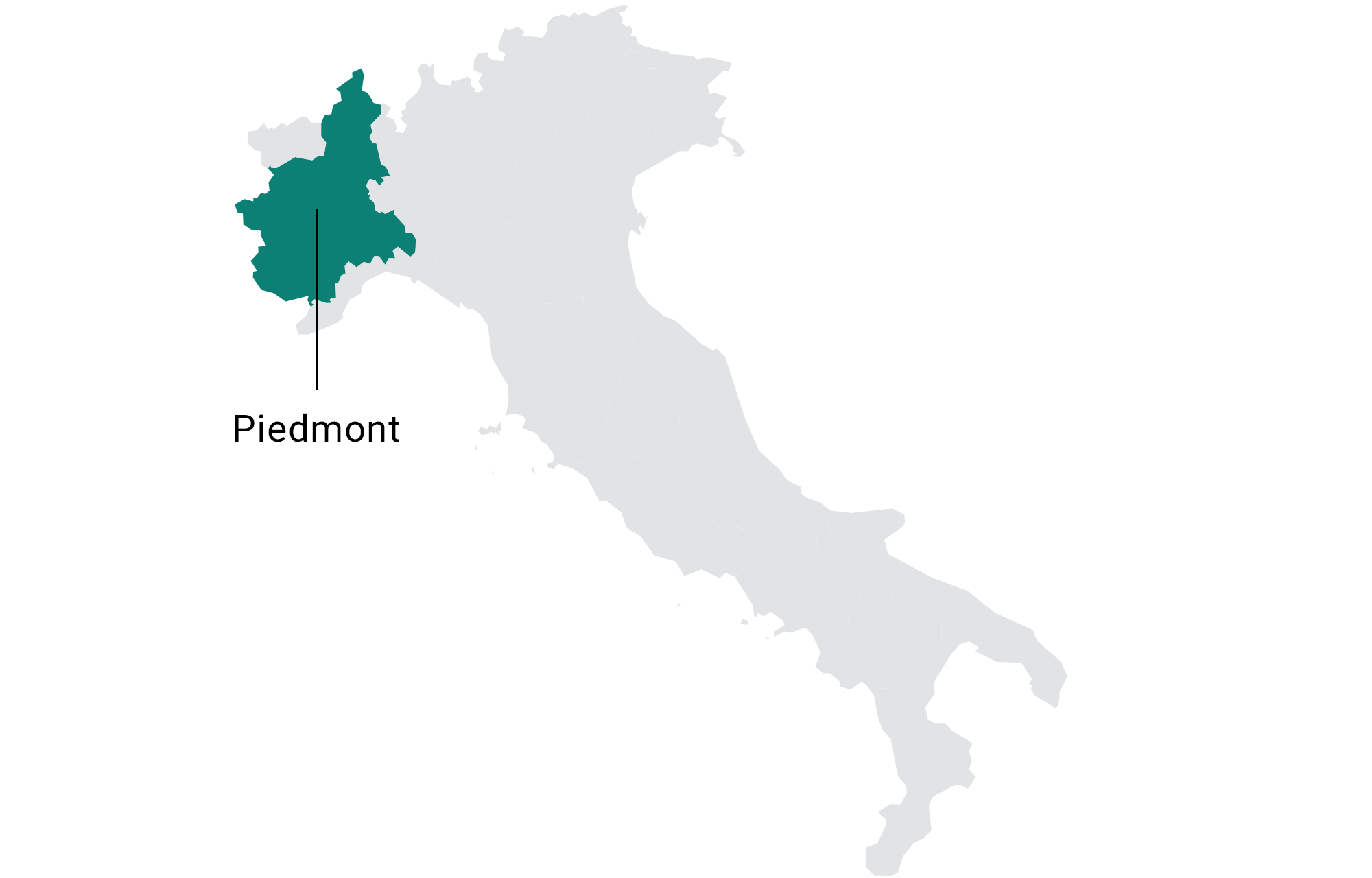
The majority of Barbera is grown in the northwest region of Italy called Piedmont. However, while this grape is widely grown here, it is believed that it came from somewhere else. Piedmont means “foot of the mountain”, where most of the region is covered in hills and slopes. Much of it is too cold and too steep for vineyards. Grapes are grown in the eastern and southern parts of the region where it is warmer.
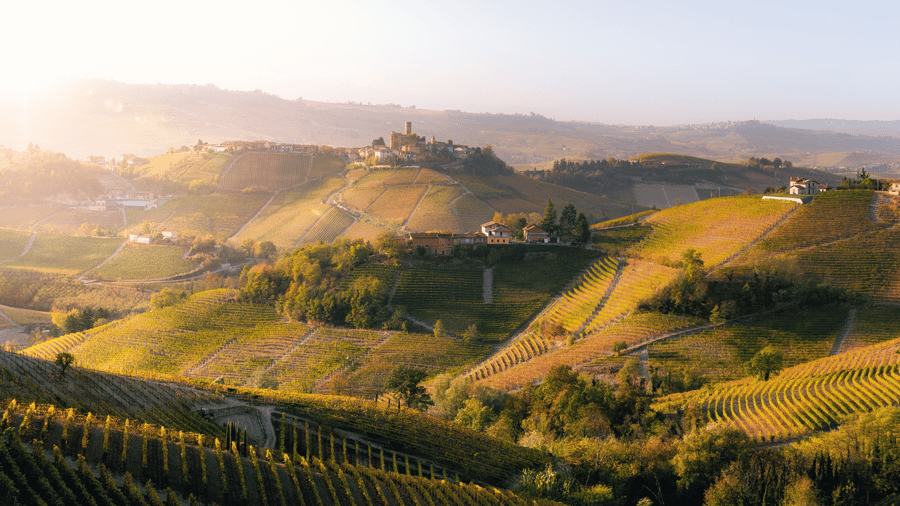
The most outstanding examples of Barbera come from Alba (Barbera d’Alba), Asti (Barbera d’Asti) and Monferrato (Barbera del Monferrato). Traditional Barbera is made into simple, fresh fruity wines, but in the 1980s and 90s, winemakers started paying more attention to how this grape was made into wine. Instead of giving Nebbiolo all the best treatment, they started planting Barbera in better sites and barrel-aging wines. Barrel aging, especially in new oak, adds spice qualities as well as added structure to make up for the lower tannin.
Barbera is also planted in other regions of Italy including Emilia-Romagna, Lombardy, Puglia, and Campania. In Emilia-Romagna, you can find slightly sparkling, fizzy red wines made from Barbera.
Other winemaking regions
Barbera is not limited to Italy. Grapes are grown in the US in California, as well as Argentina, South Africa, and Australia.
Recommended food pairings
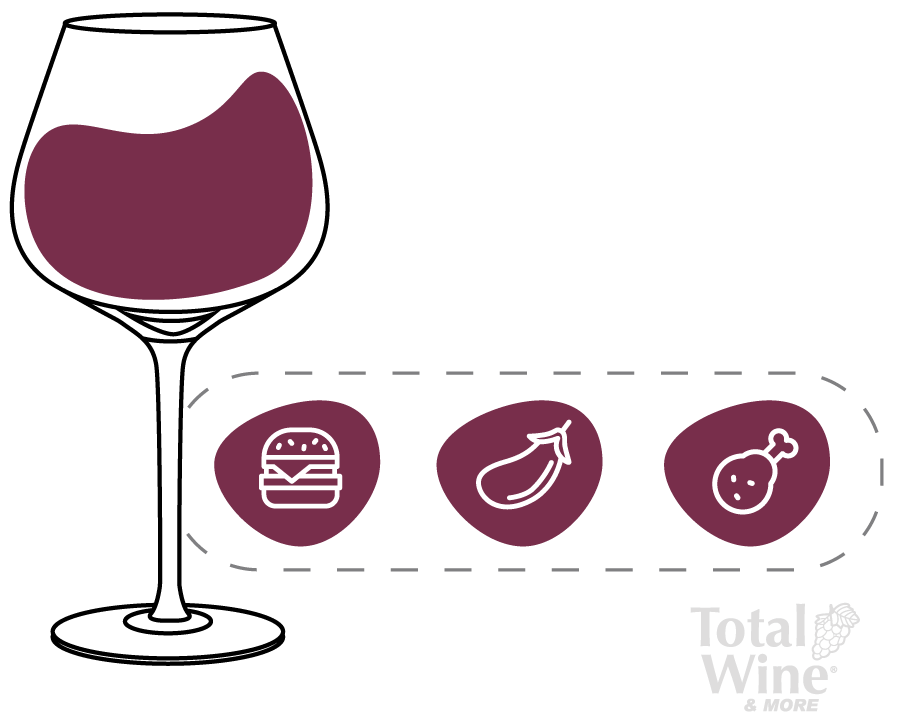
Lower mouth-drying tannins and very high acidity make Barbera an excellent wine to pair with foods of all kinds. The saying, “if it grows together, it goes together” holds true for Barbera. Pair it with local Piedmont cuisine such as pasta, risotto, and truffles.
Try a bottle with lighter meats such as roasted chicken, pork chops, and duck, as well as earthy, herbaceous dishes, such as roasted eggplant, mushrooms, squash, and sweet potatoes. Barbera is also a great wine to have at your next cookout with burgers and barbecue sauces.
Learn more about Italian wines with our guide to Italy’s wine regions.

